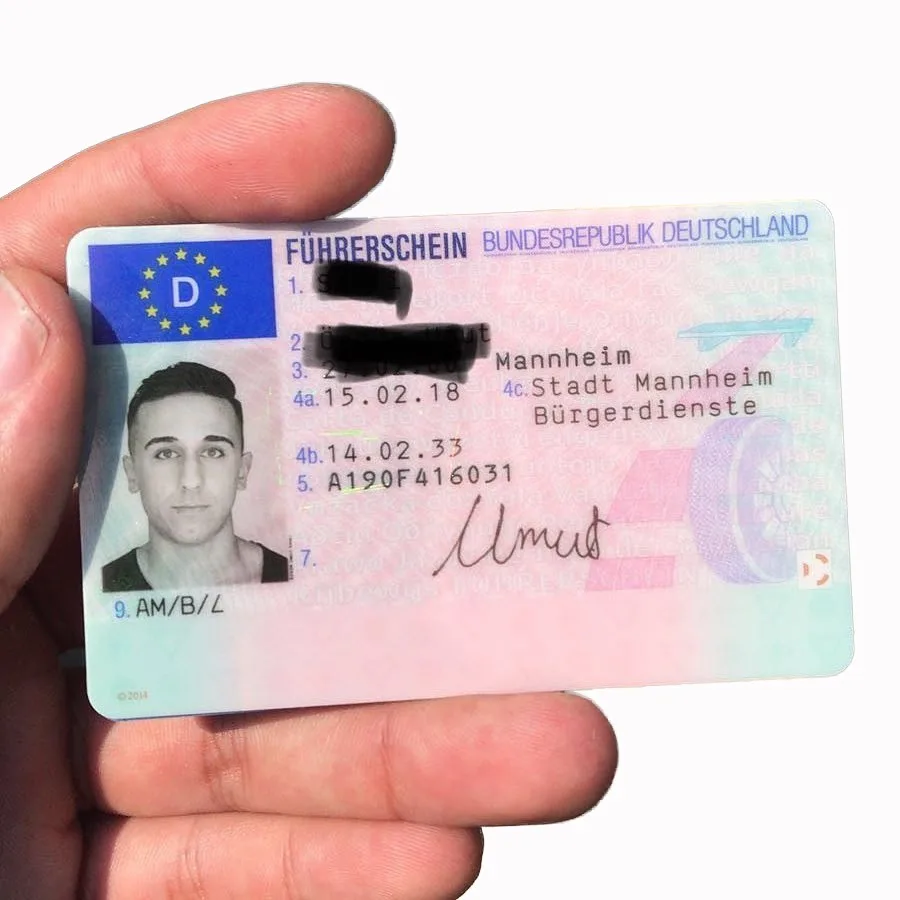Learning to Drive Without a Test: Exploring Alternative Courses in Driver Education
In an era where convenience and development dominate the landscape of education and abilities acquisition, the standard model of finding out to drive-- completing a rigorous test to make a driver's license-- has actually come under analysis. For many, the process of supporting the wheel, studying hard, and passing both a composed and useful driving test can be intimidating. However, emerging patterns and alternative techniques to driver education recommend that there may be methods to learn to drive without feeling the pressure of a formal testing environment.
Comprehending the Traditional Model
Typically, making a driver's license requires potential drivers to undergo a series of tests designed to gauge understanding and practical skills. These include:
Written Test: This evaluates understanding of the guidelines of the road, traffic signals, and safe driving practices.
Practical Driving Test: Applicants must show their capability to run a vehicle safely and in accordance with traffic laws.
While this design makes sure that all chauffeurs fulfill a minimum requirement of proficiency, it can be a source of stress for numerous students. The worry of failure, integrated with the logistics and cost associated with testing, can hinder individuals from obtaining their license altogether.
Alternative Methods of Learning to Drive
Driving School Innovations: Many driving schools have begun to provide more individualized education programs that enable trainees to discover at their own pace. These programs typically consist of one-on-one guideline with certified driving trainers who focus on building confidence instead of pushing students to pass a test. Some modern-day driving schools even incorporate online modules where learners can study the rules of the road in a more relaxed setting before entering the car.

Simulated Driving Experiences: Advances in technology have led to the development of advanced driving simulators. These can offer valuable experience without the danger of mishaps. Learners can practice their abilities in various weather conditions, traffic situations, and driving situations that they may not encounter in common driving classes. This hands-on technique to knowing can improve a trainee's skills and self-confidence behind the wheel.
Peer-to-Peer Learning: Informal driving practice with friends or household members can likewise function as a feasible alternative to traditional methods. While this technique does not completely get rid of the requirement for formal testing, it allows people to gain convenience and experience behind the wheel without the anxiety of a main examination. Friend or family can offer assistance and feedback, making the discovering procedure less intimidating and more encouraging.
Flexible State Regulations: Some areas are starting to reevaluate their obligatory testing policies, specifically for particular demographics, such as veterans or people with impairments. These modifications show a growing recognition that life experiences and driving routines may not always align with standard testing requirements. Advocacy for a more holistic method to assessing driving competence is becoming a subject of discussion in many legislative circles.
Personal Certifications: In specific areas, individuals may check out options that focus more on mentorship and more secure driving habits rather than conventional tests. Accreditation through community programs or recognized companies that endorse experiential learning could motivate safe driving while bypassing the basic testing route.
The Benefits and Drawbacks
While learning to drive without a formal test uses lots of possible benefits-- such as reducing stress, promoting a more inclusive environment for students, and concentrating on proficiency over testing stress and anxiety-- it likewise raises issues. Critics argue that eliminating formal evaluations could lead to inconsistencies in driver preparedness, potentially compromising road safety.
Moreover, traditional testing serves not just as an assessment of abilities, however as a standardized benchmark that makes sure all motorists possess the necessary understanding to navigate the roads safely.
Conclusion
The landscape of driver education is evolving. As alternative approaches of finding out to drive gain traction, striking a balance between versatility and security is paramount. While it is clear that there are avenues for learning to drive without the pressure of an official test, making sure that all chauffeurs preserve a high requirement of security should remain a top priority. In Führerschein , we might see more tailored methods to driver education that accommodate numerous learning designs, eventually causing safer, more positive drivers on our roads.
